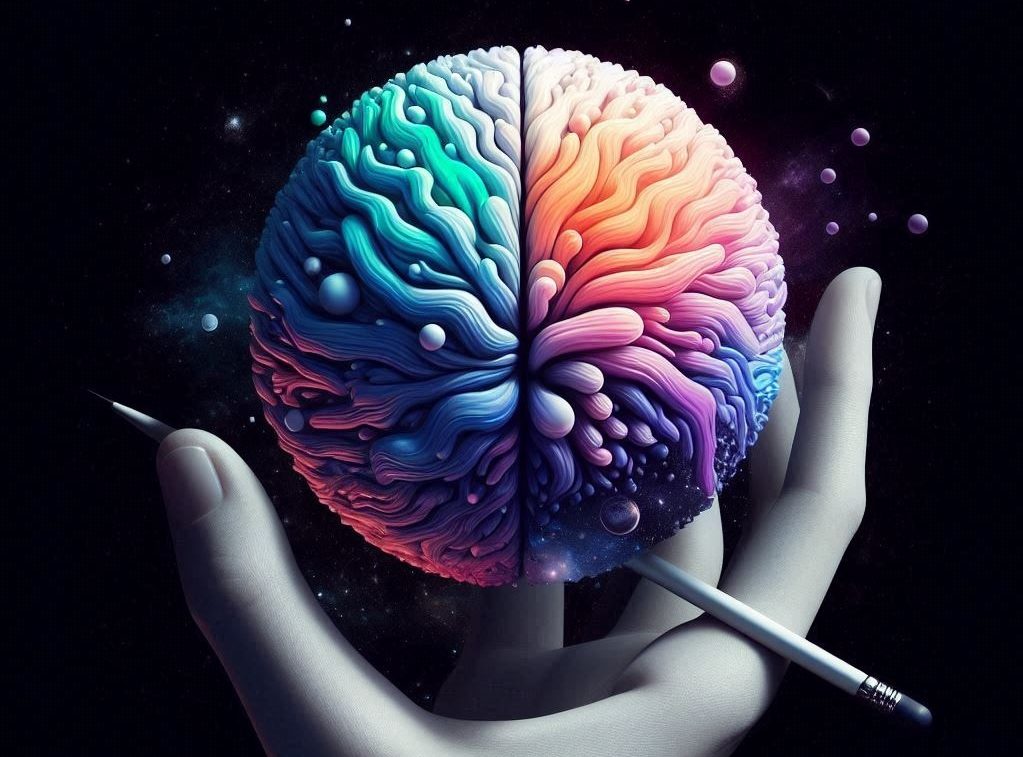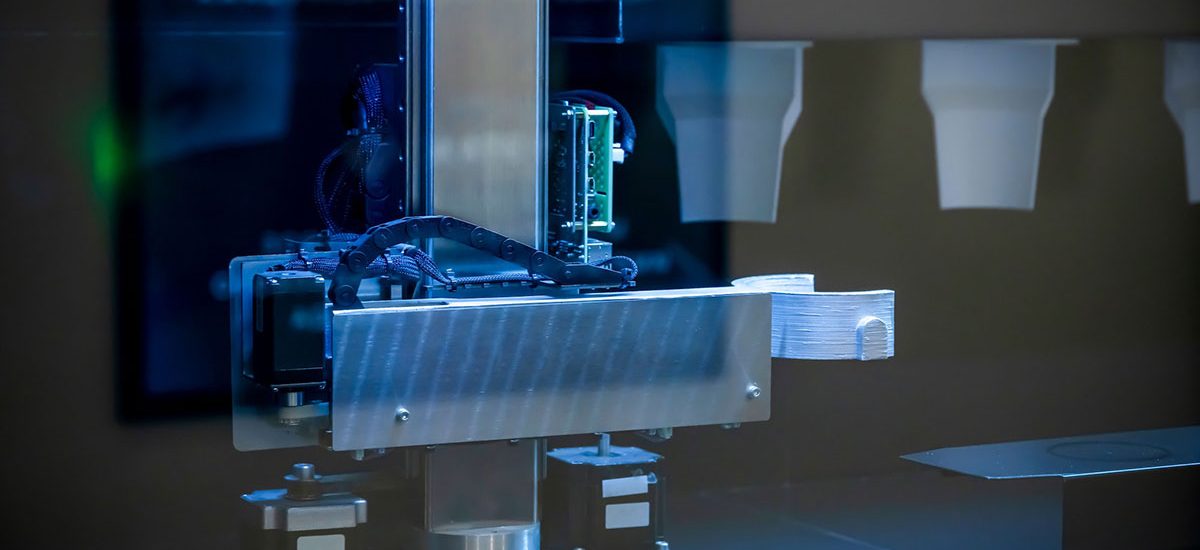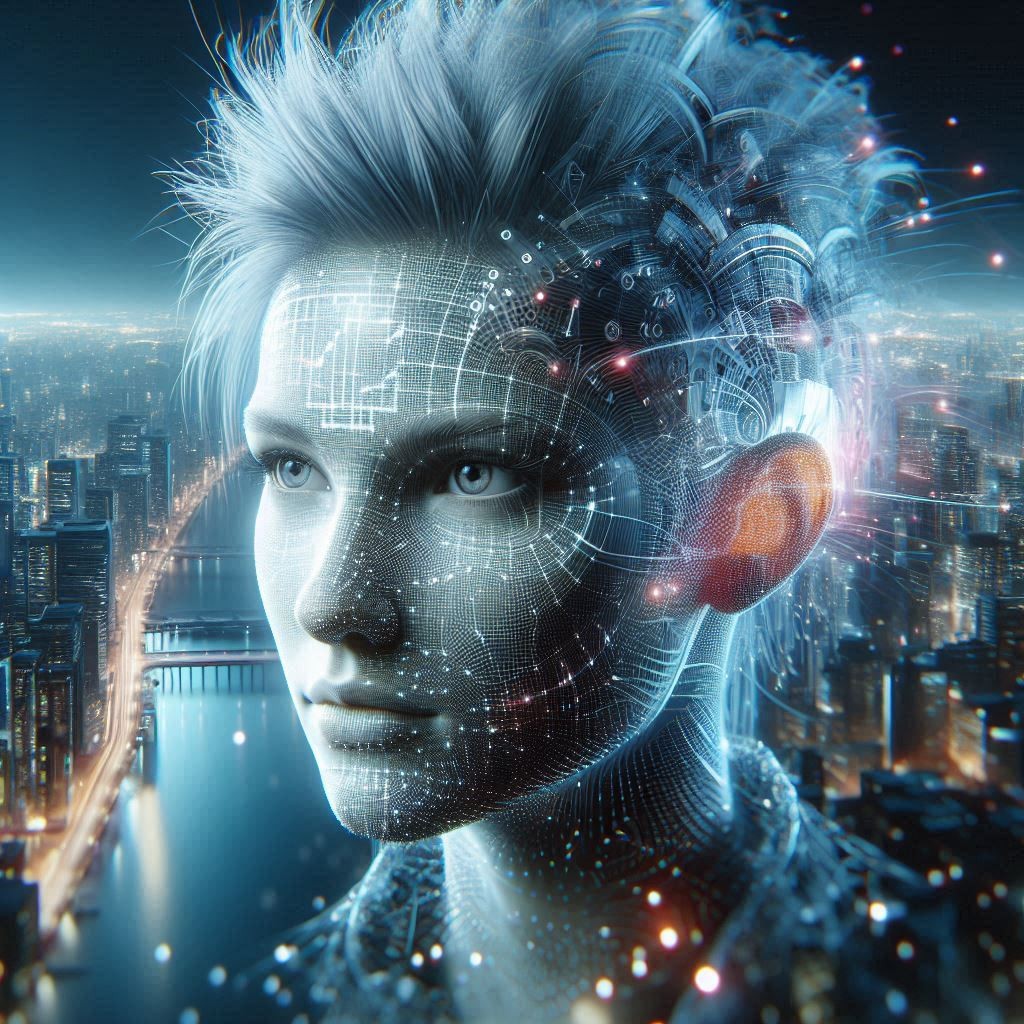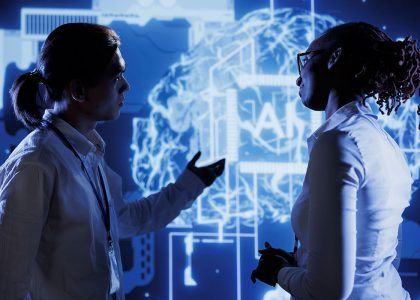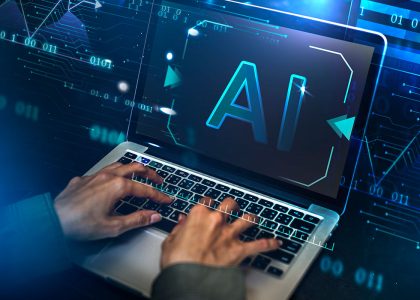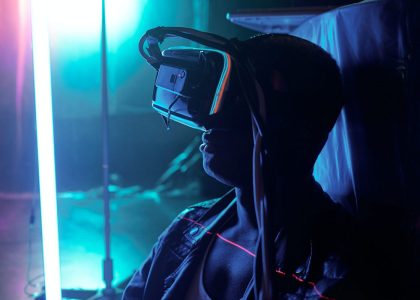Artificial Intelligence (AI) is driving innovation across industries and reshaping the way we live, work, and create. In artistic disciplines, AI’s transformative impact is particularly profound, blending technology with creativity to push the boundaries of human expression.
Enhancing Music Composition and Performance
AI has introduced new possibilities in the music industry by facilitating both creativity and efficiency.
- Generative Music Models: AI tools like neural networks generate original compositions, enabling musicians to explore new genres and experiment with unique sounds.
- Virtual Performers: AI creates virtual musicians capable of delivering lifelike performances, expanding accessibility to high-quality music production.
- Personalization: Algorithms analyze listener preferences to create tailored playlists and compositions.
Revolutionizing Visual Arts
AI is redefining how visual art is created, interpreted, and appreciated.
- AI-Generated Artwork: Platforms use AI to generate original pieces by mimicking famous styles or creating entirely new ones.
- Democratization of Creativity: AI-powered tools allow individuals without formal training to create professional-quality art.
- Art Restoration: AI aids in restoring historical artworks by analyzing and replicating original techniques and materials.
Advancing Literary Arts
The literary world benefits from AI’s ability to understand and generate text.
- Content Generation: AI creates poetry, novels, and scripts, assisting writers with brainstorming and creative flow.
- Language Translation: AI enhances cross-cultural literary exchange through real-time, context-aware translations.
- Editing and Proofreading: Advanced algorithms streamline the editing process by offering detailed grammar, style, and tone suggestions.
Pioneering Film and Media Production
AI is making its mark on the film and media industry by optimizing workflows and fostering creativity.
- Scriptwriting Assistance: AI helps screenwriters refine plots, characters, and dialogue through predictive algorithms.
- Special Effects and Animation: AI reduces production time for visual effects, enabling intricate and realistic animations.
- Audience Analytics: AI evaluates viewer preferences to guide content creation and maximize engagement.
Empowering Accessibility and Inclusivity in the Arts
AI is bridging gaps in accessibility, ensuring that art is more inclusive and available to diverse audiences.
- Text-to-Speech and Speech-to-Text: AI technologies make literature, films, and performances accessible to individuals with disabilities.
- Real-Time Captioning: AI generates captions for live events, improving experiences for the hearing impaired.
- Cross-Cultural Access: AI translation tools make art accessible to global audiences, removing language barriers.
Ethical Considerations in AI-Driven Art
The integration of AI into artistic disciplines brings ethical challenges that must be addressed.
- Authenticity and Ownership: Determining who owns AI-generated creations remains a key issue.
- Bias in AI Models: AI systems must be trained on diverse datasets to prevent cultural or systemic bias in generated works.
- Impact on Employment: As AI automates artistic processes, it is vital to balance innovation with opportunities for human creators.
Future Possibilities for AI in the Arts
AI continues to expand its influence on artistic disciplines, creating new opportunities for collaboration and innovation.
- Interactive Art: AI-driven installations allow viewers to interact with art in real time, creating dynamic and personalized experiences.
- Hybrid Creativity: AI and human artists collaborate to merge intuition with computational precision.
- Emotion-Aware AI: Emerging models aim to infuse emotional intelligence into AI-generated art, fostering deeper connections with audiences.

